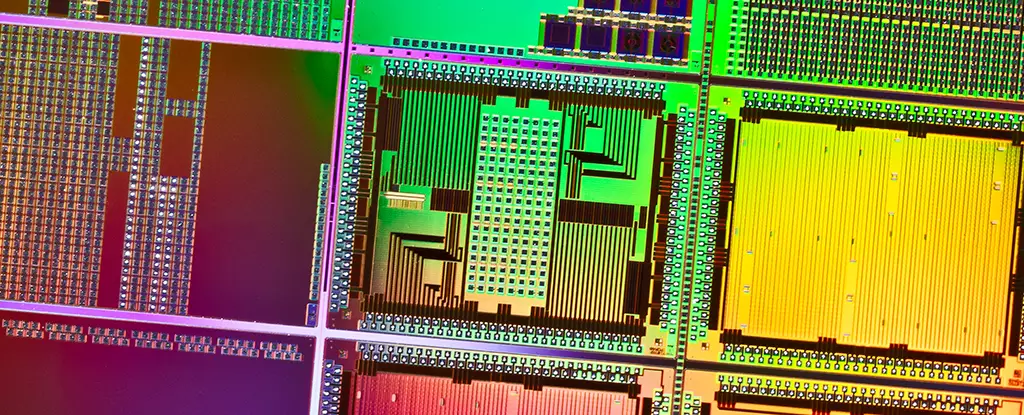The development of a new transistor device has sparked excitement in the world of electronics, with the potential to revolutionize the gadgets we use on a daily basis. These tiny toggles play a crucial role in storing data and processing information in electronic devices, switching between binary states of ‘on’ and ‘off’. The latest design showcases exceptional resilience, speed, and size, leading to significant improvements in consumer electronics like smartphones and laptops, as well as data centers that store vast amounts of information in the cloud.
Physicist Pablo Jarillo-Herrero from the Massachusetts Institute of Technology (MIT) explains that the transistor is constructed from an ultrathin ferroelectric material based on boron nitride, featuring positive and negative charges on different levels. By utilizing two layers of this material that shift slightly when an electric current is applied, the configuration of boron and nitrogen atoms changes. This innovative design results in transistors that are not only incredibly fast and thin but also exhibit minimal wear and tear, making them highly durable.
The newfound transistor can toggle on and off over 100 billion times without showing any signs of wear, surpassing the longevity of current flash memory storage devices. Physicist Raymond Ashoori from MIT highlights the degradation that occurs with flash memory over time, emphasizing the need for sophisticated methods to maintain the devices. The durability and efficiency of the new transistor offer the promise of packing more storage and processing power into smaller devices that consume less power, leading to a significant upgrade in electronic devices.
While the researchers acknowledge that there is still a long way to go before these transistors can be integrated into everyday devices, they are optimistic about the possibilities. The scalability of the technology to meet the extensive demands of modern electronics presents a challenge. However, the potential application of this innovation in exploring alternative physics fields, such as utilizing light instead of electricity to trigger the layer shift, opens up new avenues for research.
The current dependence on technology and digital devices underscores the far-reaching consequences of innovations in the electronics industry. The advancements in transistor technology hold the promise of enhancing the efficiency and reliability of electronic devices, impacting a wide range of industries and ultimately benefiting people worldwide. Physicist Raymond Ashoori reflects on the transformative potential of this breakthrough, highlighting its capacity to shape the future of technology in the coming years.


Leave a Reply